-
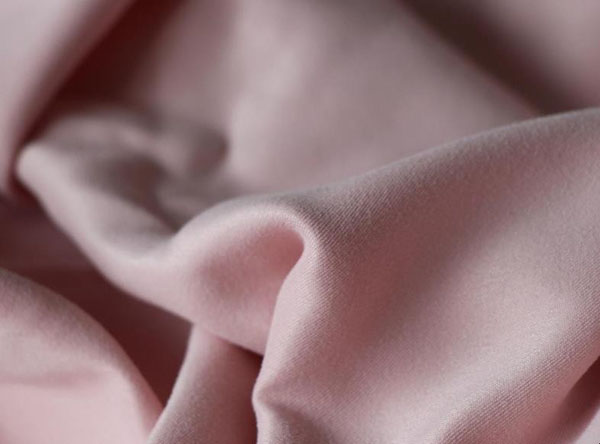
Polyester Peach Skin Fabric
Polyester peach skin fabric is a novel fabric that is made of super fine synthetic fiber by weaving, dyeing, printing and special further process (as alkali peeling, emerizing and sand washing, etc.). On the fabric surface, there is fine, uniform and bushy fuzz that is like the surface of peach. ...Read more -
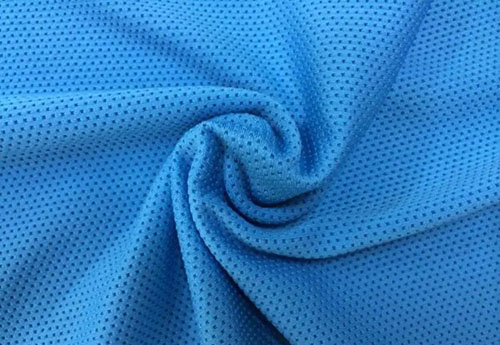
What Is the Difference between Polyester, Acrylic Fiber And Nylon in Fabric?
1.Polyester: Strong strength, Easily generates static electricity Polyester feels like cotton. But it is still, anti-creasing and washable. Polyester is on top of chemical fiber for production. Pure polyester fabric is lack of affinity for human body. At present, pure polyester fabric is used to ...Read more -
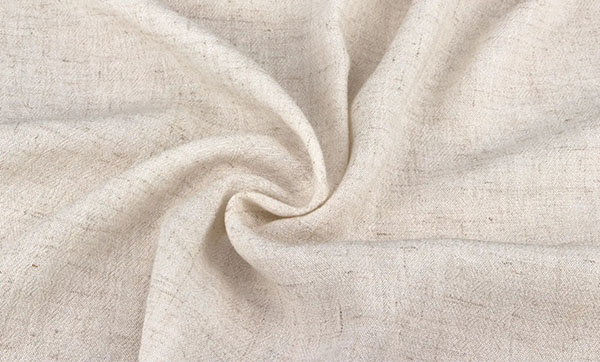
Do You Know the Difference between Royon and Cotton?
Rayon Viscose fiber is commonly known as Rayon. Rayon has good dyeability, high brightness and color fastness and comfortable wearability. It is weak alkali resistant. Its moisture absorption is close to that of cotton. But it is not acid resistant. Its rebound resilience and fatigue durability a...Read more -
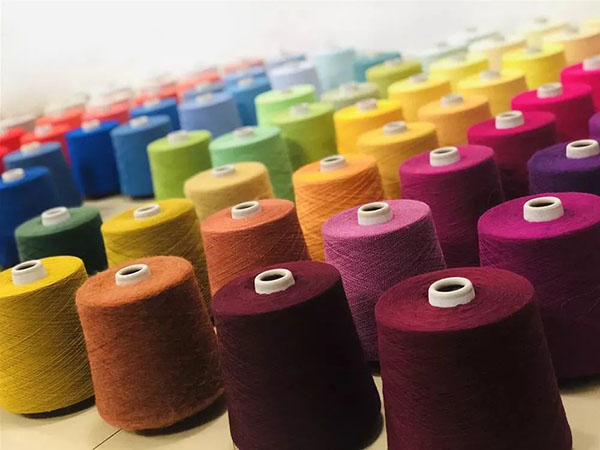
What is Yarn Count? How Does It Affect the Fabric?
Fabric count is a way to express yarn, which is expressed as “s” by length based system. The higher the count is, the yarn will be finer, the fabric will be softer and smoother and the relative price will be higher. However, fabric count has no necessary relation with fabric quality. ...Read more -
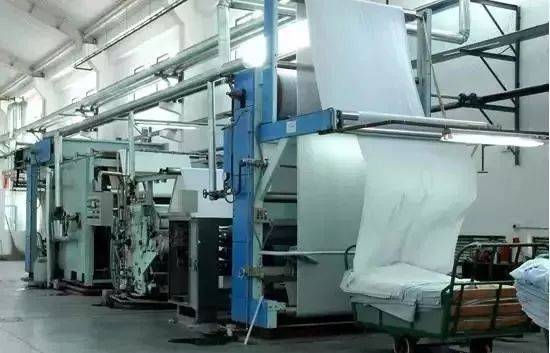
Learn Something about Silicone Oil
What Are The Types of Silicone Oil? Common commercial silicone oil includes methyl silicone oil, vinyl silicone oil, methyl hydrogen silicone oil, block silicone oil, amino silicone oil, phenyl silicone oil, methyl phenyl silicone oil and polyether modified silicone oil, etc. The silicone oil tha...Read more -
Textile Machinery Ⅲ
06 Inspecting and Packaging Machinery 217. Inspecting, folding, rolling and measuring machines for knitted fabrics 218. Inspecting, folding, rolling and measuring machines for fabrics 219. Auxiliary machinery and devices for finishing 220. Color mixing machines, Color straining machines, Emulsify...Read more -
Textile Machinery Ⅱ
04 Printing Machinery 167. Printing machinery 168. Top printing machines 169. Yarn printing machines including space dyeing 170. Flat screen printing machines 171. Rotary screen printing machines 172. Heat transfer printing machines 173. Roller printing machines 174. Automated screen printing car...Read more -
Textile Machinery Ⅰ
01 Spinning Machinery 1. Preparatory machinery for cotton spinning systems 2. Gins 3. Baling presses 4. Bale breakers, bale pluckers 5. Blow room machinery 6. Blending hoppers 7. Automatic feeding devices for carding machines 8. Carding machines 9. Drawing frames 10. Sliver lap machines 11. Combi...Read more -

Something about Conductive Yarn
What Is Conductive Yarn? Conductive yarn is made by blending a certain proportion of stainless steel fiber or other conductive fiber with ordinary fiber. Conductive yarn can make the static electricity accumulated on the human body disappear quickly, so in the past it is usually used to make anti...Read more -
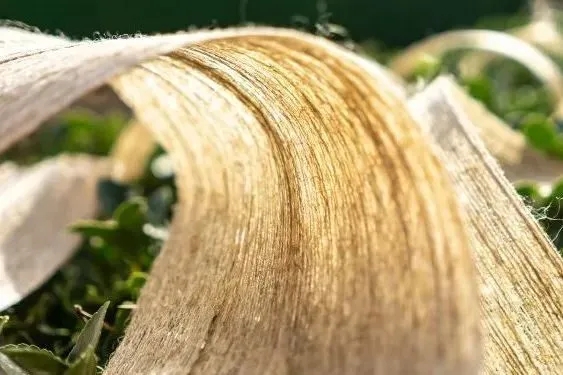
What Is Bio-based Fiber?
Bio-based chemical fiber is derived from plants and microbial organisms, such as sugar, protein, cellulose, acid, alcohol and ester, etc. It is made by high-molecular chemical, physical technology and spinning process. Classification of Bio-based Fiber 1.Bio-based virgin fiber It can be directly...Read more -
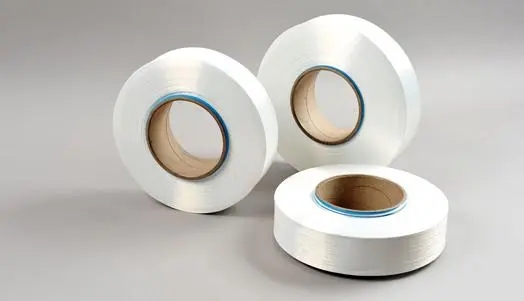
Let’s Learn Something about Shape Memory Fiber!
Characteristics of Shape Memory Fiber 1.Memory The shape memory titanium nickel alloy fiber is first processed into a tower-type spiral spring shape and further processed into plane shape, then is finally fixed in the garment fabric. When the garment’s surface is exposed to high temperature...Read more -
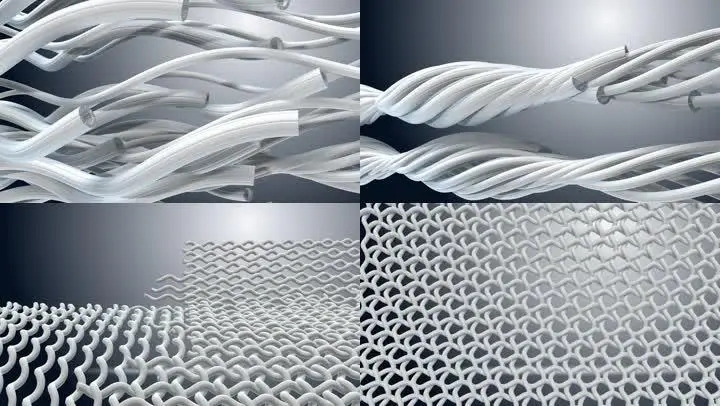
Factors Affecting The Strength And Elongation Of Staple Fiber Yarn
The factors affecting the strength and elongation of yarn mainly are two aspects, as the fiber property and yarn structure. Among, the strength and elongation of blended yarn are also closely related to the property difference of blended fiber and blending ratio. Property of Fiber 1.Length and ...Read more

